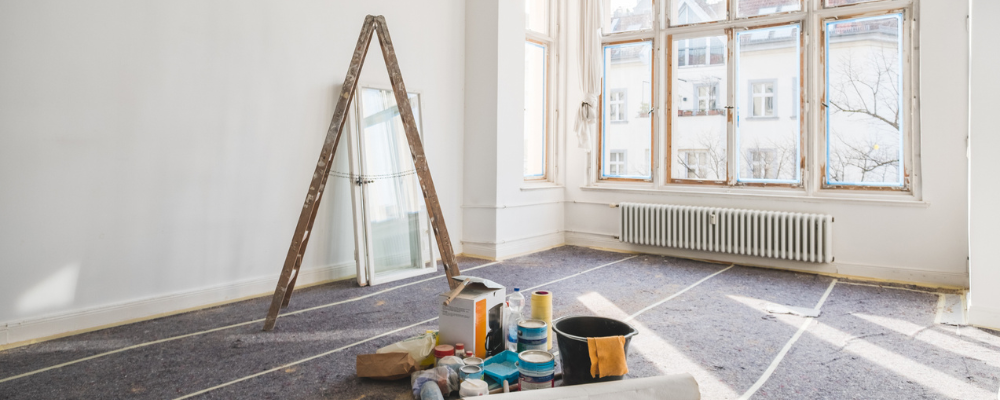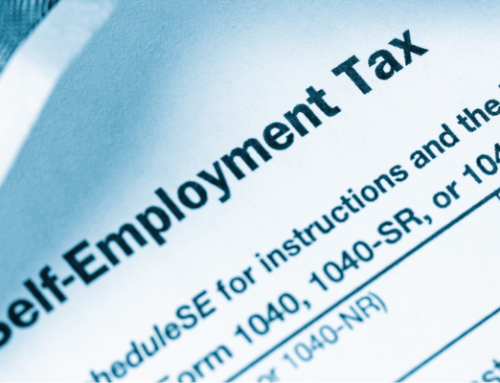The Historic Rehabilitation Tax Credit (HRTC) Program is a vital tool for property owners in Virginia looking to restore and preserve historic structures. These credits provide substantial financial incentives by reducing income tax liability for approved rehabilitation projects that meet the Secretary of the Interior’s Standards for Rehabilitation. Both Federal and State tax credits are available, potentially allowing taxpayers to qualify for tax credits equal to 45 percent of eligible rehabilitation expenses—20 percent in federal credits and 25 percent in Virginia credits.
What Buildings Qualify for the Historic Rehabilitation Tax Credit Program?
To qualify for these credits, a building must be a Certified Historic Structure, defined as:
- Federal Program: A building listed individually on the National Register of Historic Places or certified as contributing to a historic district listed on the National Register. The building must be subject to depreciation for federal credits.
- State Program: A building/home listed individually on the Virginia Landmarks Register or the National Register, certified as contributing to a historic district listed on these registers, or certified as eligible for listing. Notably, a building does not need to be formally listed on the registers to qualify for the State credit; a determination of eligibility is sufficient. An owner occupied home may qualify.
In general, most properties listed on one register are listed on both, but it’s important to verify specific eligibility requirements, especially for properties in locally designated historic districts.
What Work Qualifies for the Credits?
Eligible rehabilitation expenses are those chargeable to a building’s capital account and include:
- Structural Components: Work on the building’s structure, such as roofing, foundation repair, and wall restoration.
- Systems: Installation or updating of plumbing, heating, electrical systems, and other essential services.
- Soft Costs: Architectural and engineering fees, construction management costs, and construction period interest and taxes.
- Other Eligible Work: ADA compliance upgrades, kitchen and bathroom modernizations, fire suppression systems, and fire escapes.
Expenses that do not qualify include acquisition costs, additions to the building, appliances, and certain soft costs like legal fees for syndication. For the Federal program, expenses related to most site work, landscaping, and solar or geothermal systems are also ineligible, although certain historic landscape features may qualify under the State program.
Application Process and Timeline
The application process for claiming Historic Rehabilitation Tax Credits is divided into three parts:
- Part 1: Certification of the building’s historic status. This step confirms that the building is eligible as a Certified Historic Structure.
- Part 2: Certification of the proposed rehabilitation work, ensuring it complies with the Secretary of the Interior’s Standards for Rehabilitation. This part is the most detailed and requires a thorough description of the work planned.
- Part 3: Certification of completed work. Upon finishing the project, the completed work must be verified to ensure it meets the Standards. This includes submitting photographic evidence as well as a report issued by an independent Certified Public Accountant.
The substantial rehabilitation test for the Federal Program and the material rehabilitation test for the State Program must be met within a consecutive 24-month period, although phased projects may extend this period to 60 months.
Claiming the Credit
Federal Credit: To qualify for the Federal Historic Rehabilitation Tax Credit, the project must meet the “substantial rehabilitation” test, meaning the rehabilitation expenses must exceed the owner’s adjusted basis in the building or $5,000, whichever is greater. Once the project is certified, the 20% credit is allocated over five years (4% each year). It is claimed using IRS Form 3468. The credit may be carried back one year and forward 20 years.
Virginia State Credit: For the Virginia State credit, eligible rehabilitation expenses must be at least 25 percent of the assessed value for owner-occupied residential buildings or 50 percent for commercial and other non-residential buildings. The State credit is claimed in the year the rehabilitation is completed and certified, using State Schedule CR. The credit may be carried forward for up to ten years, with a $5 million cap on the amount of credits a single taxpayer can claim in one taxable year.
Syndication and Carry-Forward Provisions
Unlike some tax credits that can be sold or transferred outright, the Historic Rehabilitation Tax Credits cannot be directly sold. However, they can be syndicated or “passed through” to investors using a limited liability company (LLC) structure. This approach allows property owners, including nonprofit organizations, to involve investors who can utilize the credits, thereby bringing in additional capital for the rehabilitation project. It’s crucial to establish this legal structure early in the project, and before completion, to ensure compliance.
Special Considerations for Nonprofit Organizations
Nonprofits, churches, and local governments that typically do not have sufficient tax liability to use these credits directly can still benefit by taking on taxpayers under a limited liability company arrangement. The nonprofit still maintains full control even though it is a minority owner. These organizations can leverage the tax credits through syndication to attract investors who can utilize the credits. It is advisable to consult with a tax professional before engaging in this process.
Frequently Asked Questions (FAQs)
Can I apply for both Federal and State credits?
Yes, many projects qualify for both credits, allowing you to claim up to 45 percent of your eligible rehabilitation expenses.
How long does the application process take?
The process can take several months, depending on the complexity of the project and the completeness of the application. It’s advisable to start the application process early in your project planning.
What happens if my project doesn’t meet the standards after completion?
The project may be disqualified from receiving the tax credit if it doesn’t meet the Standards. It’s essential to adhere to the guidelines provided throughout the rehabilitation process.
Are there any restrictions on the type of work that qualifies?
Yes, only work that meets the Secretary of the Interior’s Standards for Rehabilitation and is considered part of the building’s structure or systems will qualify for the tax credit. Cosmetic upgrades or non-structural changes typically do not qualify.
Can the credits be sold or transferred?
Credits cannot be sold outright. However, they can be syndicated to investors through a limited liability company, which requires careful legal planning early in the project.
Can I carry forward the credit if I can’t use it all in one year?
Yes, the Virginia State credit can be carried forward for up to ten years, and the Federal credit can be carried forward for up to twenty years, with a one-year carryback option.
What happens if I sell the building after claiming the credit?
For the Federal Program, selling the building within five years of project completion may result in credit recapture. The recapture amount decreases by 20 percent each year. There is no such restriction under the State Program, but it is recommended to maintain ownership until final certification is issued.
I began rehabilitating a historic building last year but just learned about this program. Can I still qualify for the credits?
It is possible, but more challenging. You must have pre-rehabilitation photos and ensure all completed work meets the Standards. For the State credit, you need to submit complete Part 1, Part 2, and Part 3 applications within one year of the project’s completion date. For the Federal credit, if Part 1 wasn’t submitted before placing the building in service, the credit is generally not available. Contact your CPA for additional guidance.
Looking Ahead
The Historic Rehabilitation Tax Credit Program in Virginia provides a substantial financial incentive for preserving historic properties. By understanding the qualifications, process, and legal considerations, property owners, nonprofits, and developers can make the most of these benefits, ensuring the preservation of Virginia’s rich architectural heritage while enjoying significant tax savings. For more detailed guidance on your specific project, reach out to Shawn Middleton, Partner in PBMares’ Audit & Assurance group.






